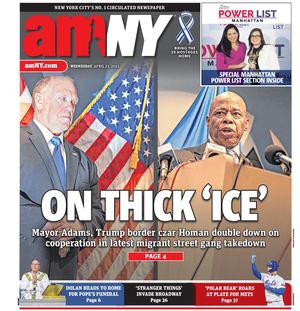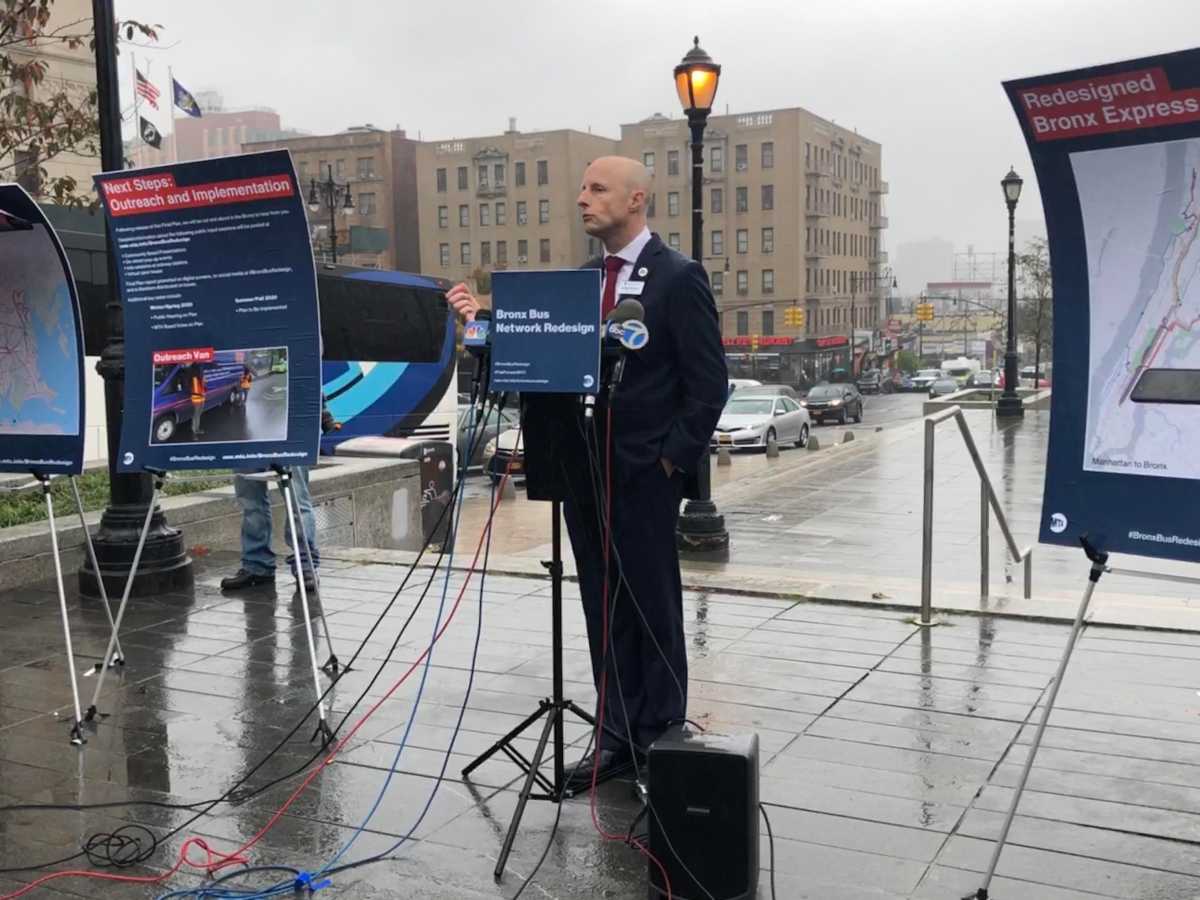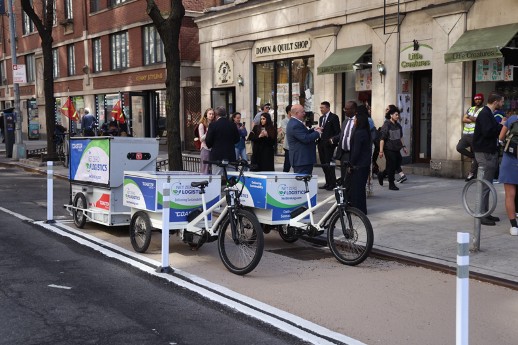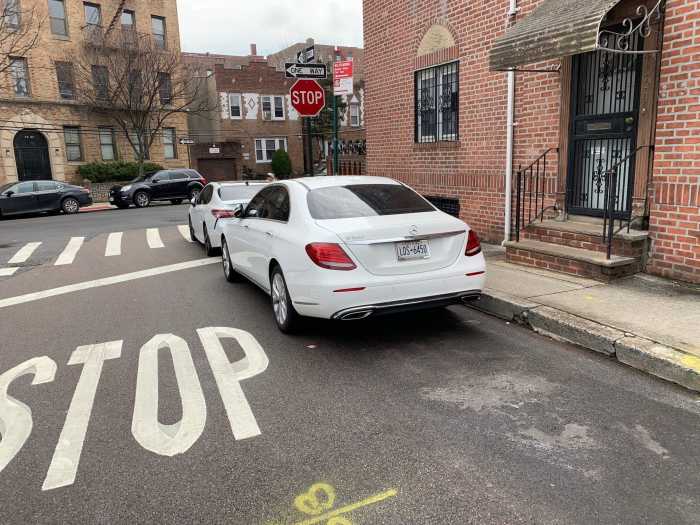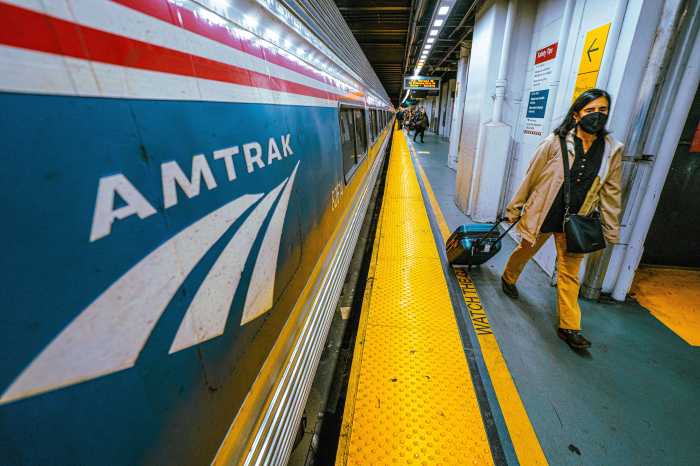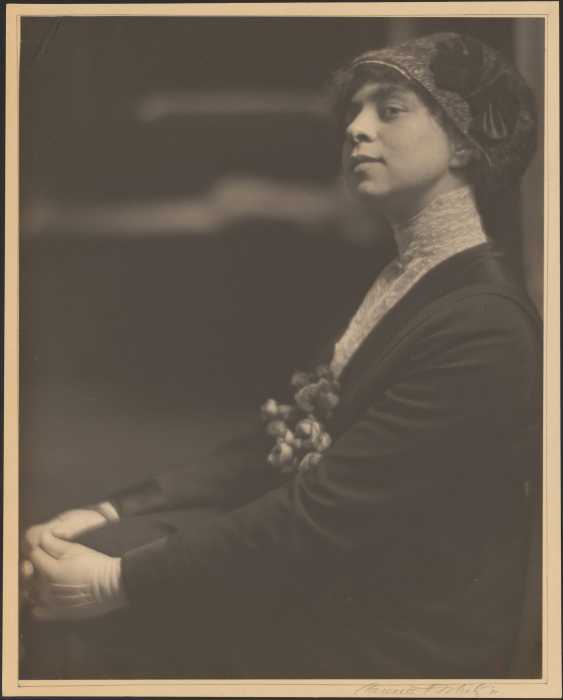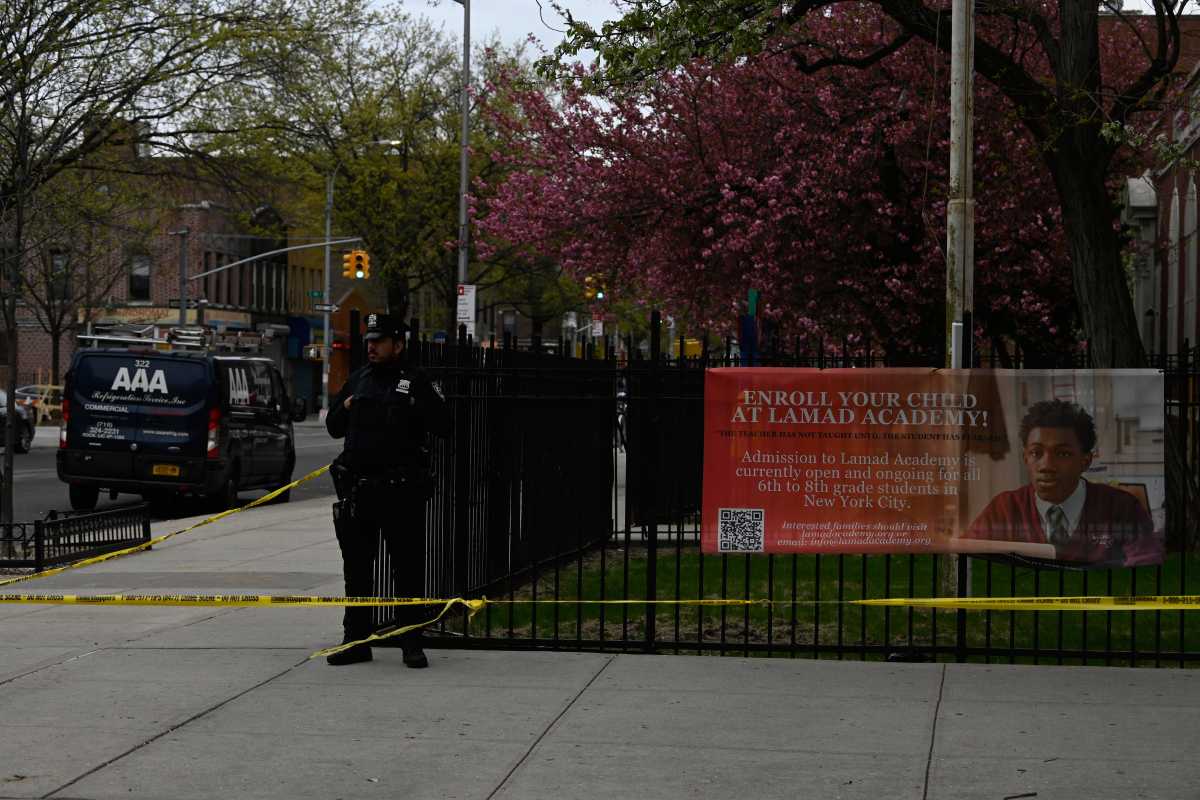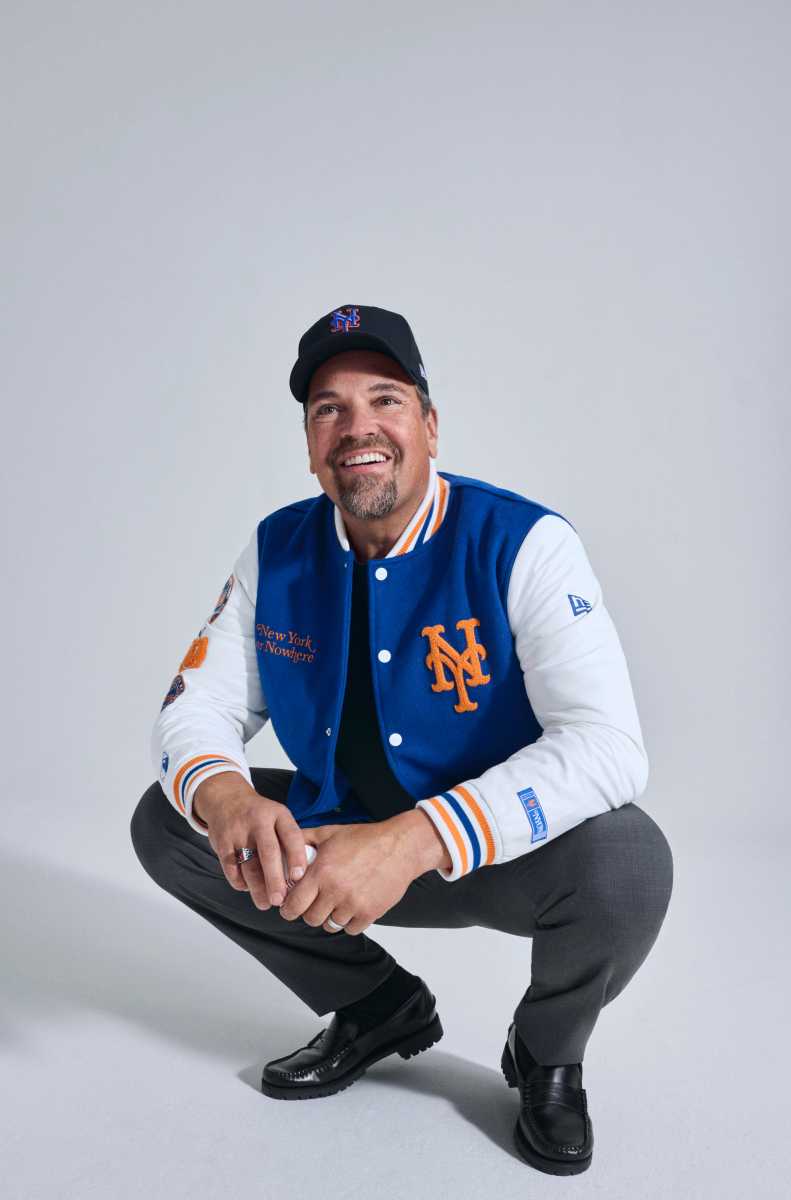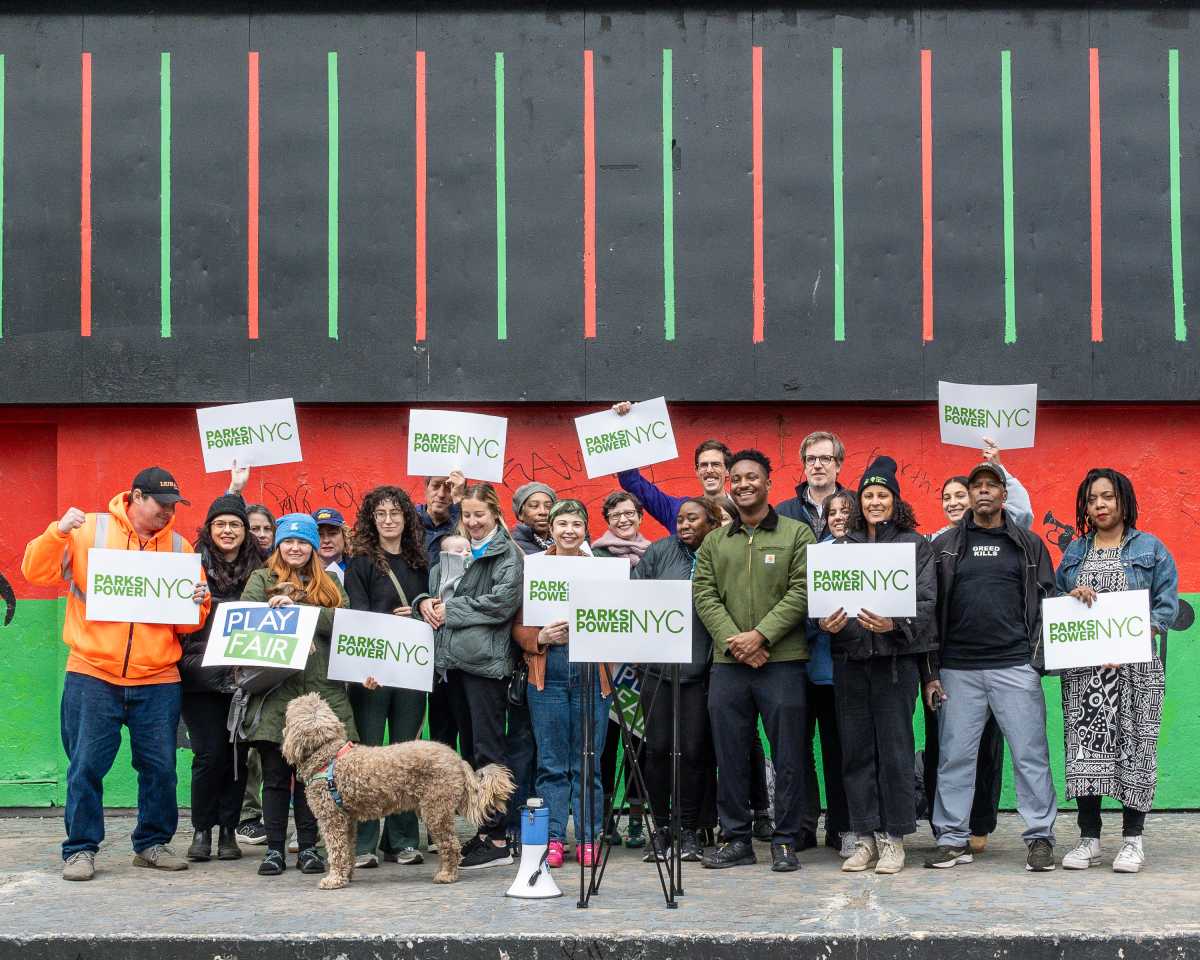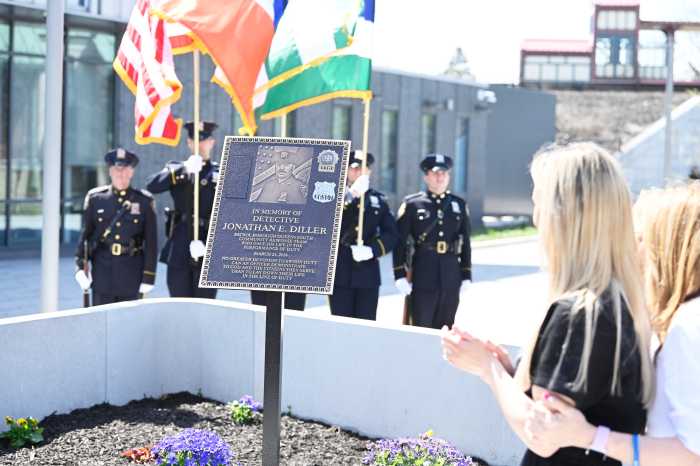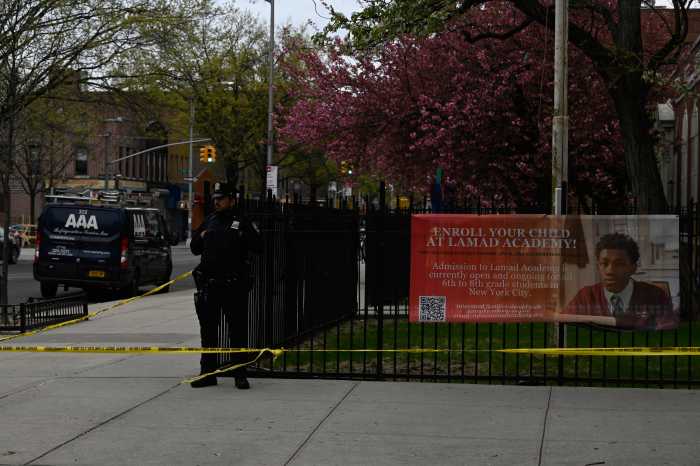Andy Byford’s thoughts of resignation are far behind him, the MTA Transit president said Tuesday.
The widely respected head of subways and buses said he reversed a decision to resign from the authority last week after his “concerns” at the MTA were addressed.
“As far as I’m concerned, last week was ancient history,” Byford said at an unrelated news conference on redesigning the Bronx bus network.
“I had some concerns that I expressed to my principals at the MTA,” Byford continued, without elaborating on his issues.
“Those concerns have been addressed. So as far as I’m concerned, that’s behind us. That was last week,” Byford said. “There’s so much to do. I want to finish this off. We’ve got remaining bus redesigns to finish off.”
Byford last week submitted his resignation letter to the MTA only to later withdraw it, Politico first reported.
Not long after joining the MTA in January of 2018, reports and rumors began circulating that there was tension between Byford and Governor Andrew Cuomo, who effectively controls the transit authority and makes executive hirings.
The two do not appear at news conferences together and have at times seemed out of step on major priorities, like re-signaling the subway system. Though both parties have denied any distance between the two.
Cuomo more recently heaped praise on the British transit executive during an event in New York City last month.
“Andy has the New York mojo and he has the New York aggressiveness,” Cuomo said at the time. “He’s a get-it-done guy.”
As the MTA grapples with a financial crisis, officials have warned that more severe service cuts to subways and buses could be looming. Meanwhile, Byford has insisted to the public that he would not oversee such changes while at the helm.
During a board meeting on Monday, Byford opted against addressing the reports of his resignation. He instead touted improving subway reliability and ridership data and promised continued results if given the “leeway” to keep running the show.
“Chair, I hope these results give you, the committee and the board assurance that this team knows what it’s doing—and given leeway and means to do it we will turn this system around,” Byford said during the meeting Monday.
Byford has led New York City Transit during marked improvements in subway on-time performance, which has slowly but steadily risen after years of decline. The metric measures the percent of trains that arrive at their final destination within five minutes of their schedules. In August, on-time performance reached 84 percent, a six-year high.
Ridership has also begun to bounce back ever so slightly after first starting to drop in 2016. Average weekday ridership has increased in seven of the first nine months of the year, Byford reported Monday.
In September, the MTA recorded an average weekday ridership of 5.77 million, up 4.5 percent when comparing the same month last year. Though ridership is still down overall from its peak in 2015.
Byford credited the positive news to his “fabulous” executive team and the 50,000 transit workers throughout the city. Together they have worked on his initiatives to speed up trains by fixing faulty signal times and removing what the MTA describes as unnecessary speed restrictions that proliferated the system since high-profile crashes in the 1990s.
“The speed team that we put together continues to identify wrongly calibrated signals; continues to take out unnecessary speed restrictions–and we’re continuing to see improved run times on every line,” Byford said at the meeting. “And don’t forget, folks, that is a program that has involved our union partner from the start.”
With reporting from Alex Mitchell
